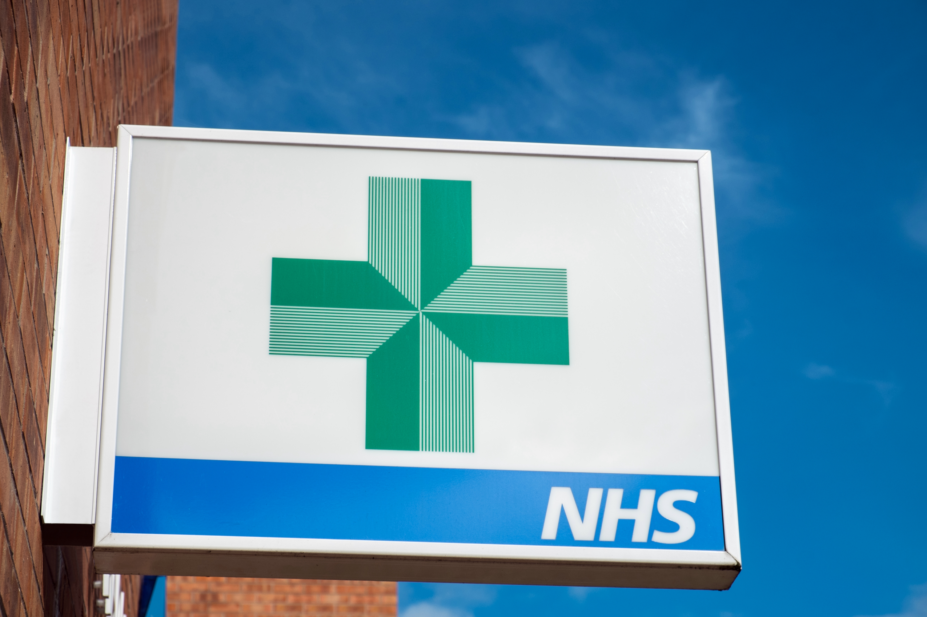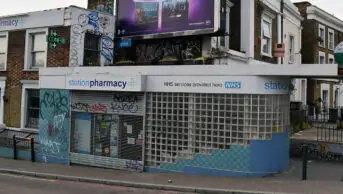
Shutterstock.com
Business confidence among community pharmacists in England has risen for the second year in a row, according to the results of the annual Lloyds Bank Commercial Banking Healthcare Confidence Index.
However, the annual survey data also reveal that, at –17 (out of a minimum –100/maximum +100), the confidence reading for pharmacists remained in “negative territory”.
The index, an annual survey of GPs, dentists and pharmacists, aims to measure overall business confidence using a blended figure of short-term and long-term projections.
In 2017, following the announcement of £170m of funding cuts to the community pharmacy contract, the index showed that confidence in the sector had fallen to –41, but in the two years since it has shown some improvement, rising to –23 in 2018 and to –17 in 2019.
The index report, published on 8 May 2019, describes the pharmacy sector as having a “generally positive outlook” with 60% of the 149 pharmacists who responded saying they expected profits to increase in the next year. Only 6% and 17% respectively said they were looking to sell up or retire in the next five years, and 94% said that they were looking to grow their businesses.
The majority of pharmacists surveyed (78%) said they saw the Electronic Prescription Service as an opportunity for growth and more than half (55%) said they expected NHS services to patients to improve over the next five years. However, 79% of pharmacists still forecasted that financial pressures on the sector would increase over the next five years.
Just under 45% of respondents said that ongoing reforms to primary care presented an opportunity, while 47% said they saw them as a threat. Just over half (52%) said they believed that the reforms would result in a fall in prescription volumes.
More than two-thirds (68%) of pharmacists said they saw online pharmacies as a threat and just over half (52%) said they expected that threat to materialise in the next five years.
At the time of asking, 65% of respondents said that they believed Brexit would have a negative impact on their business.
“It’s reassuring to see that both long- and short-term confidence have continued to recover, particularly since pharmacists were understandably shaken by the funding cuts announced in 2016,” said Ian Crompton, head of healthcare banking services at Lloyds Bank Commercial Banking.
“It’s also positive that pharmacists are keen to capitalise on the opportunities presented by the use of digital technology in the NHS, in order to improve patient services and grow their businesses.
Tony Evans, head of pharmacy at commercial real estate agency Christie & Co, said many pharmacists hoped to see some respite in the coming month as reimbursement payments return to a normal level following the
Category M clawbacks announced in 2018.
“The quick succession of the two recent Category M clawbacks caused some independent and multiple operators to review their businesses, which resulted in some looking to dispose of either non-core or non-performing pharmacies,” he said.
“As a result, we have continued to see an increase in the number of pharmacies coming to market, albeit appetite from first-time buyers, independent contracts and small multiples has been such that we’ve simultaneously seen a significant increase in deal activity year-to-date.
“While uncertainty will remain pending the outcome of the Pharmaceutical Services Negotiating Committee and the Department of Health and Social Care’s ongoing contract and funding negotiations for this year, many who are looking to acquire continue to hold long-term confidence in the sector and its ability to alleviate the significant strains that wider primary care is experiencing.”


